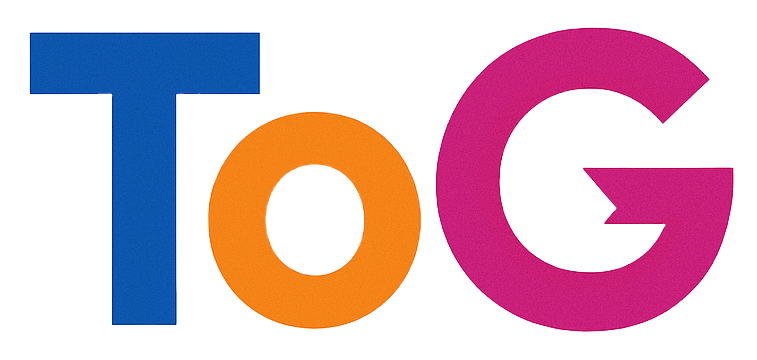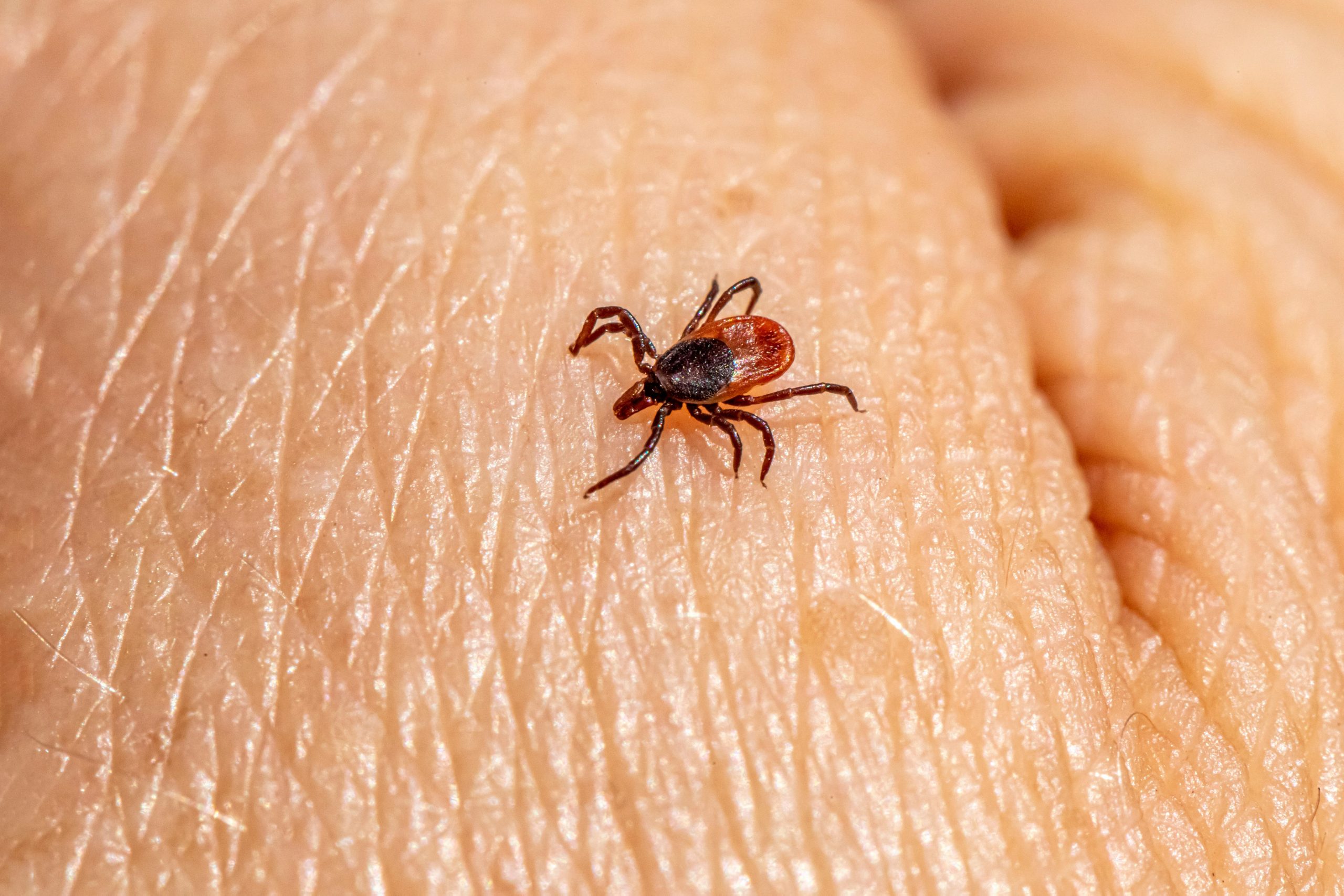Understanding the Impact of Cache-Control Headers on Google’s Crawl Rate
Introduction
Website owners and SEO professionals often monitor Google’s crawl rates to gauge how efficiently their site is being indexed. A sudden drop in crawl activity can raise concerns about potential underlying issues, such as server errors, site health, or configuration changes. Recently, a website owner reported an abrupt decline in Google’s crawl rate, dropping from approximately 2 million requests per day to around 300,000. This significant change coincided with a modification to cache-control headers, prompting a closer examination of their potential influence.
Case Overview
On May 12, 2025, the site encountered the following observations:
- A drastic reduction in Googlebot crawl requests
- Corresponding decrease in search traffic metrics, confirmed through Google Search Console and Ahrefs
- No reported increase in crawl errors
- No changes to core web vitals or robots.txt file
- No other notable updates or issues identified in recent site change logs
Initial Hypotheses
Given the absence of typical error signals or site upgrades, attention turned to recent configuration changes, particularly those involving caching policies. The only identified modification was updating the cache-control headers:
- The cache-control header was set to
no-store - CDN caching directives were adjusted accordingly
Questioning the Impact of Cache-Control Headers
The cache-control directive no-store instructs browsers and intermediate caches not to store any version of the retrieved resource. While this setting primarily influences client-side caching and CDN behavior, it can also have unintended effects on crawler behavior.
Potential Implications for Googlebot
Google’s crawler aims to efficiently index content, and aggressive or restrictive caching policies might impact its crawling patterns. Specifically:
- If cache directives prevent the storage or retrieval of cached pages, Googlebot may interpret the site as less crawl-friendly, possibly reducing crawl frequency.
- Changes in cache headers could affect how Google perceives the site’s stability and freshness, influencing crawl priorities.
Recommendations for Further Investigation
To better understand and resolve the issue, consider the following steps:
- Review Cache-Control Implementation: Reassess the necessity and impact of
no-storedirectives. Test alternative cache policies such asmax-age=3600to enable caching while maintaining freshness. - Observe Crawl Rate Trends: Use Google Search Console’s Crawl Stats report to monitor any changes after reverting or adjusting cache headers.
- Verify Response Headers: Confirm that server responses consistently deliver the expected cache-control headers without discrepancies.
- Examine

